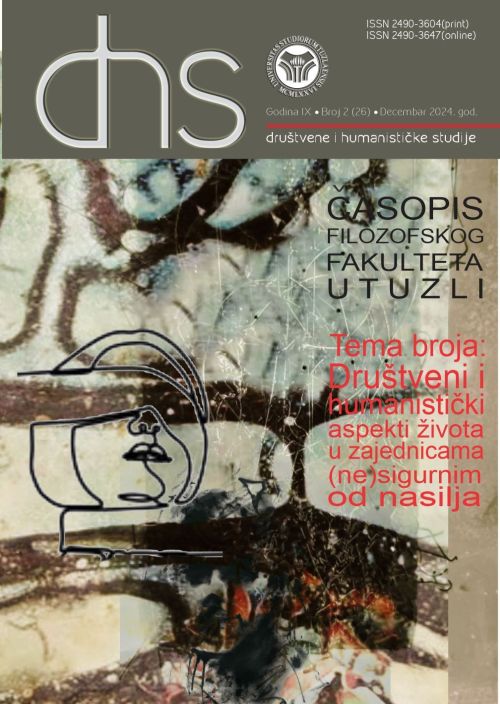Ruševina kao stanje grada pod opsadom
Ruin as the State of a City under Siege
Author(s): Asja MandićSubject(s): History, Architecture, Social history, Rural and urban sociology, Sociology of Art
Published by: Filozofski fakultet Univerziteta u Tuzli
Keywords: architecture; memory; siege of Sarajevo; ruin; urban sociology; urbicide;
Summary/Abstract: The notion of the city as a ruin, in the case of besieged Sarajevo (1992-1996), extends beyond mere material destruction and diverges from the conventional meanings of ruins found in theoretical discourse and literary expressions – such as the aestheticization of death and decay and the romantic tranquility evoking feelings of nostalgia. In Sarajevo, ruin refers to a profound physical and psychological state resulting from fragmentation, disintegration, and the desecration of its urban fabric. This encompasses not only the literal reduction of certain buildings to ruins but, more significantly, the strategic incapacitation of the city as a social organism and the annihilation of everything that defines it as a modern and civilized place. Urban space, through its artifacts, concentrates and embodies history, memory, meaning, and symbols; it is designed to gather people and facilitate communication. However, this fundamental quality was systematically destroyed during the four years of the siege. The essence of the city, as a means of organizing society, facilitating interaction among diverse elements, and connecting them, was being increasingly undermined. While Sarajevo was not completely physically devastated, it can still be viewed as analogous to ruin in many ways. This comparison ties into the language used to describe its wartime state, evoking themes of decay, abandonment, neglect, transience, and the temporality of both building and living.
Journal: DHS-Društvene i humanističke studije: časopis Filozofskog fakulteta u Tuzli
- Issue Year: XXVI/2024
- Issue No: 26
- Page Range: 897-918
- Page Count: 22
- Language: Bosnian

